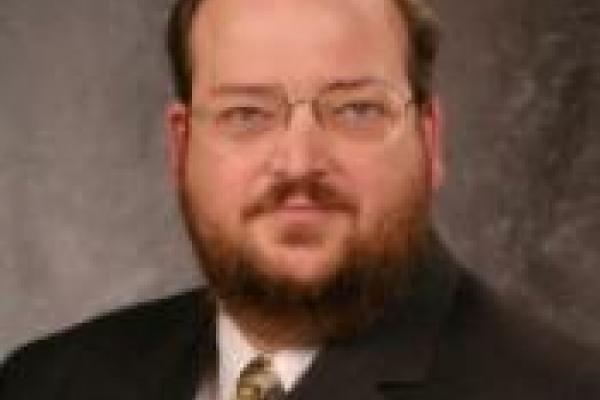
The dynamic response of magnetic materials lacks time-reversal symmetry and can often be described through the propagation and evolution of waves of magnetic orientation, or spin waves. These spin waves, called magnons in their quantized form, can move without electric charge motion, yet spin-orbit interactions allow the spin waves to couple, sometimes very strongly, to voltages and to illumination. I will describe our progress over the last several years in calculating and understanding, in collaboration with experimentalists, the coupling of magnons to microwave and optical photons as well as the manipulation of spin-wave propagation with a voltage. Recently we have predicted a new effect called nonlocal magnon friction, whereby a flow of magnons in one sheet will drag magnons in a neighboring, disconnected sheet. Also, in analogy with optomechanics, we predict that two photons can interact, within a cavity containing a ferrite, with a magnon mode to coherently modify the spontaneous emission rate, to exhibit electromagnetically-induced transparency and even to reach the strongly-coupled quantum regime.
